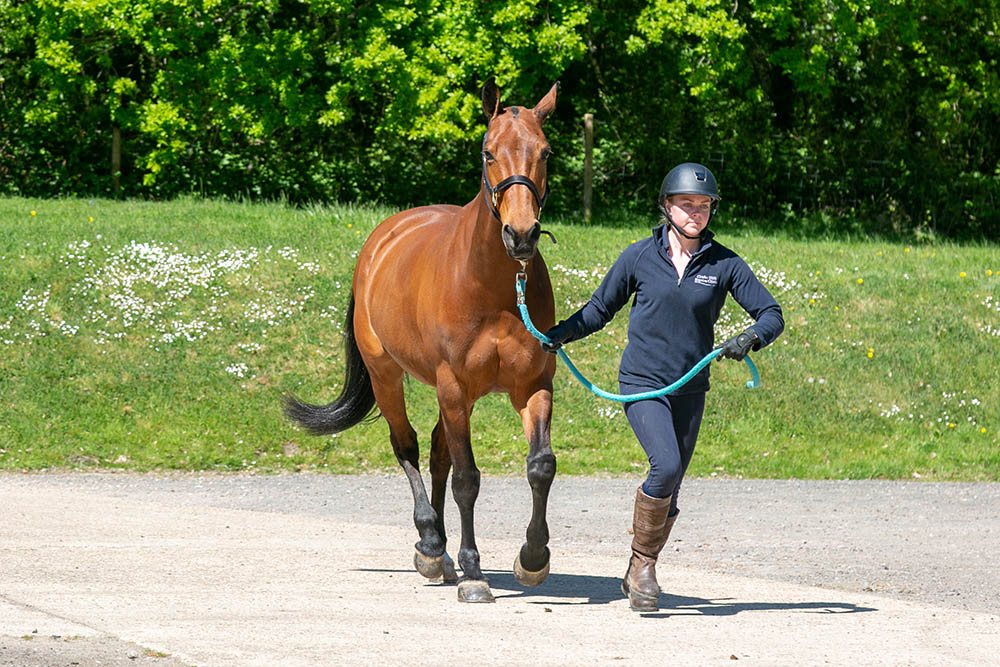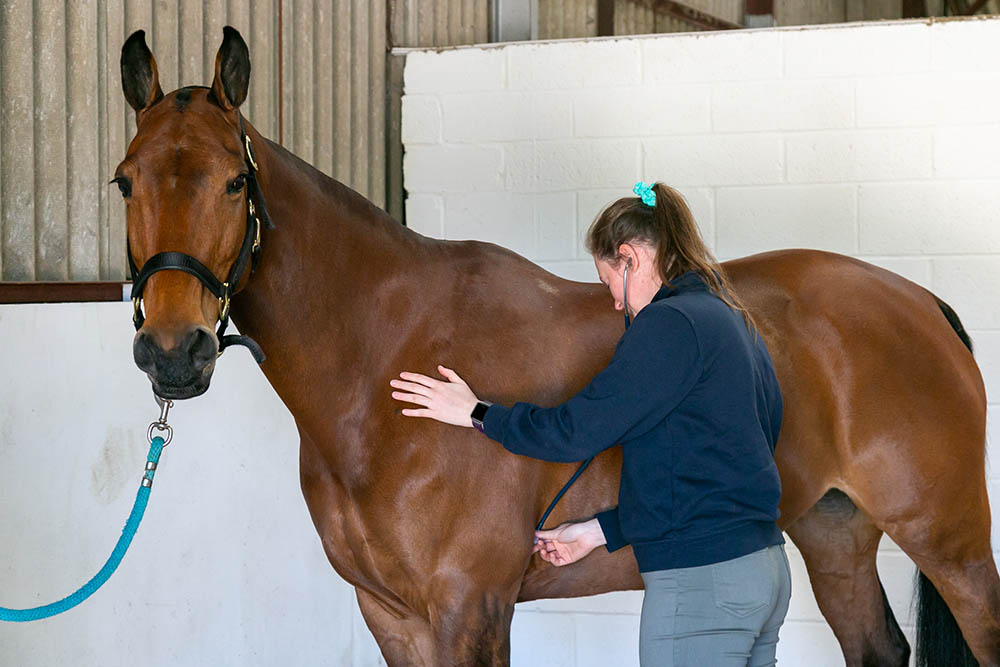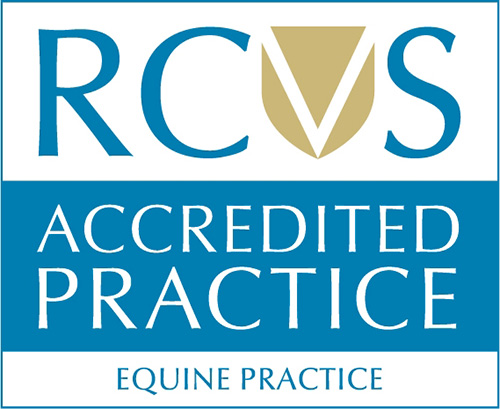Vettings / PPE's

At Cinder Hill we understand the importance of a pre-purchase examination (PPE) and the individual needs of prospective purchasers.
Our Experience
We carry out a great many of these examinations and therefore consider ourselves particularly accomplished in this field. We perform PPEs for prospective purchasers far beyond our own normal client base, with veterinary surgeons from further afield regularly referring their clients to us to examine horses for purchase on their behalf in the Kent, Surrey and Sussex area.
Why Have a Vetting?
Pre-purchase examinations are a fairly specialised branch of veterinary work and requires considerable experience to make a considered judgement as to whether to advise if a client should or should not buy a particular horse.
We appreciate that it is a very important decision for the client because it involves not only a considerable financial outlay but is also the start of what will hopefully be a successful partnership. When things go wrong, it can be very draining, both emotionally and financially.
Whilst a vets role in a purchace of a horse can be seen as an opinion as to whether the 'machine works,' the behavioural and performance characteristics for each individual horse and purchaser are always at the front of our minds.
Initial Approach
Once a PPE has been booked, the vet will normally contact the prospective purchaser by telephone. This allows us to have an in depth conversation and to understand their specific requirements and any particular concerns they may have had when trying the horse or pony. It is important we know the intended use of the horse, whether it is for a novice child or an experienced adult, what disciplines it will be required for and whether it is being bought to keep as a friend for life, or as a horse or pony to bring on and then sell.
Although the price may be discussed, it should be pointed out that all vettings are examined with the same thoroughness. However, if a horse is more expensive it may require radiographs or additional examinations if it is to be insured.
It is also important that we check with the vendor that they have the facilities to allow a complete and fair examination. This would include a flat area to trot up, areas to lunge on a firm and soft surface and a dark stable for examining the eyes.
We believe that the personal contact with the prospective purchaser in advance is of paramount importance. We also encourage purchasers to be present at the PPE as it is often easier to discuss our findings in person and when they are able to see the horse with us. If this is not possible, it is important that they, or their agent, are contactable at the time of the examination in case there are adverse findings that may mean they want to pull out of the purchace without completeing the full five stage examination.
 Examination Format
Examination Format
The full '5 stage examination' is divided into five parts following a standard format as laid down by the Royal College of Veterinary Surgeons and the British Veterinary Association.
There is also a shorter, less detailed version - '2 stage examination' which covers only parts 1 and 2.
- Preliminary examination
- Trotting up
- Strenuous exercise
- Period of rest
- Second trot up and final examination
1. Preliminary Examination
Stage one is a thorough external examination of the horse at rest, including detailed palpation of the limbs, auscultation of the heart and lungfields and an opthalmoscopic examination of the eyes.
At this time, the vendor, or their agent, is questioned regarding the horse's veterinary history, any vices and allergies the horse may have, its level of work, temperament and what it is like to load, shoe and clip. It does remain, however, the responsibilty of the purchaser to obtain any written warranties that may be required.
At this time one would also confirm the horse's identity against the breeding papers or passport and check the vaccination records.
2. Walk and Trot Up in Hand
Stage two involves observation of the horse walking and trotting in a straight line. Flexion tests are usually performed on all four limbs and most horses will be seen lunged on both a soft and firm surface. They will also be seen backing up and turning in a tight circle in order to help assess neurological status.
3. Strenuous Exercise
Horses who are broken and in work will normally be seen under saddle for stage three. Young or very green animals can be lunged or seen loose-schooled in the menage. Most horses will be seen ridden in walk, trot and canter on a circle and sometimes performing more advanced movements before proceeding to strenuous exercise. The intention is to see how an animal responds to exertion, with special reference to gait abnormalities, action, heart and respiratory function. The 'wind' is listened to during exercise and the heart assessed immediately after exercise and during recovery.
Most horses can be adequately exercised in a menage but racehorses and some competition horses, such as eventers, may require a gallop.
4. Period of Rest
Stage four consists of a period of rest during which the horse is observed standing quietly, allowing assessment of the horse's cardiovascular and respiratory recovery. It also allows time for any injuries or problems which have been made more evident by the exercise to become apparent before the final trot up.
5. Second Trot Up and Final Assessment
For stage five the horse is observed walking and trotted up to ensure that there has been no change in gait following exercise. Flexion tests and lungeing may sometimes be repeated at this stage.
Blood Sample
In most cases bloods will be taken and stored for six months under the VDS scheme. This allows for possible future analysis to detect substances present in the horse's system at the time of the examination which might have masked any factors affecting the horse's suitability for the purchaser's intended use.
Additional Procedures
Sometimes further investigations are indicated, either to gain further information about a specific area of concern or as a more general survey. Insurance companies often require radiographs prior to offering cover on more expensive animals. Ultrasonography and upper respiratory endoscopy can also be useful. Occasionally more specialised tests to investigate heart or eye issues may be warranted.
Examination Findings
If a prospective purchaser or their agent is unable to attend the PPE we would normally aim to contact them by telephone to discuss our findings immediately. Subsequently, an official certificate of veterinary examination is forwarded to the prospective purchaser.

